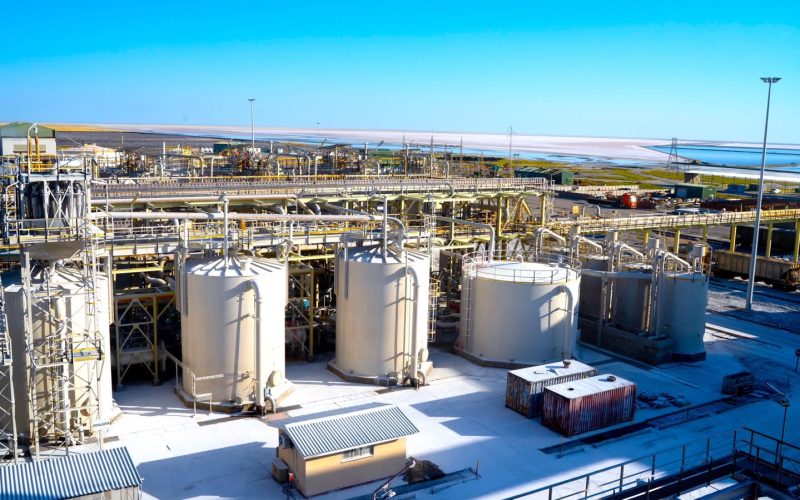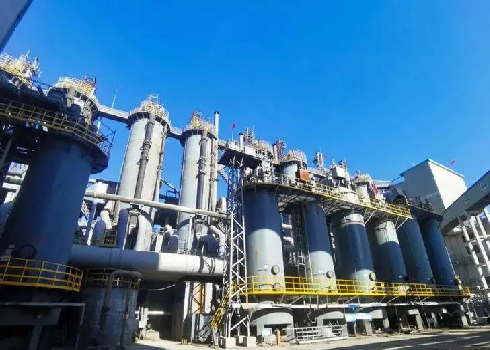The Quality of Sodium Sulfate Anhydrous: Looking Past the Specs
For procurement managers and engineers, the certificate of analysis (CoA) for sodium sulfate anhydrous is the first checkpoint. Parameters like purity, sulfate content, and heavy metals are the usual suspects. But true quality lies not in merely meeting these specifications, but in understanding the profound physical and chemical significance behind each indicator. For seasoned professionals, it is the material characteristics revealed by these parameters and the meticulous control of the production process that ultimately dictate production stability and final product performance. This article delves into these critical, yet often overlooked, details to provide a deeper perspective for technical decision-making.
1. Decoding Key Indicators: A Technical Analysis
True quality assessment requires looking beyond the numbers on a spec sheet to the story they tell about the material’s behavior.
Particle Size Distribution (PSD): Beyond a Single Number
A PSD graph reveals far more than a simple average. Achieving a consistent, narrow distribution is a function of precise crystallization kinetics. Minor fluctuations in key process parameters—including supersaturation levels, agitation shear forces, seed crystal strategies, and cooling rates—can lead to significant batch-to-batch variations.
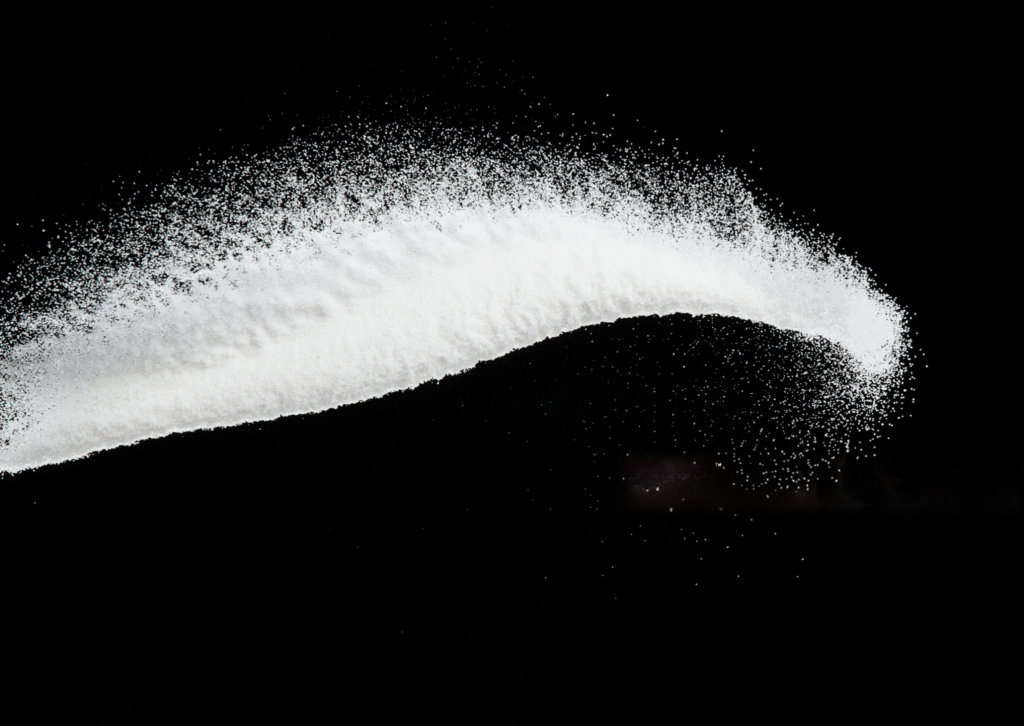
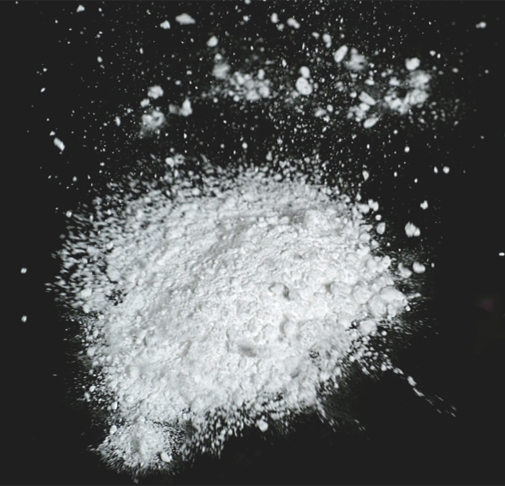
Practical Implications: In an application like powdered detergents, an irregular PSD is a primary culprit for ingredient segregation during transportation and storage. This leads to an inhomogeneous final product, directly compromising its efficacy and quality. A consistent PSD ensures uniform blending and optimal performance.
Impurity Profile: Identifying ‘Friendly’ versus ‘Hostile’ Impurities
The type of impurity is often more critical than the total amount. This concept, known as impurity speciation, is crucial. For instance, while both are iron impurities, soluble ferrous ions (Fe²⁺) and insoluble iron oxide (Fe₂O₃) have entirely different mechanisms and levels of impact on product whiteness and catalytic activity.
Furthermore, different production processes leave distinct ‘impurity fingerprints’:
By-Product Method: Often associated with organic residues and specific anions like chloride (Cl⁻).
Natural Mineral Method: Requires greater attention to insoluble silicates and other geological impurities.
Understanding this signature is invaluable for sourcing and troubleshooting.
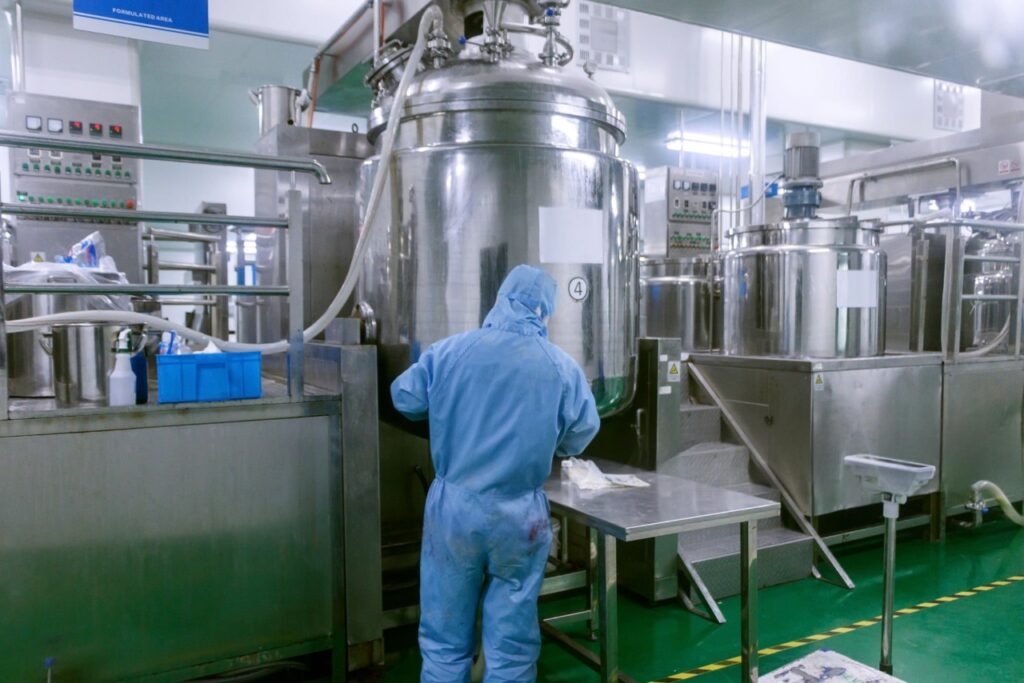

Crystal Morphology and Hygroscopicity
Crystal Habit: The conditions under which sodium sulfate is crystallized dictate its shape—whether needle-like, plate-like, or equant. This crystal habit directly influences critical bulk properties like density, flowability, and angle of repose, which are vital for automated production lines.
Phase Transition Issues: A key differentiator of quality is handling hygroscopicity. Anhydrous sodium sulfate (Na₂SO₄) can absorb moisture and undergo a phase transition to the decahydrate form (Na₂SO₄·10H₂O). This process involves a massive volume expansion, which is a primary cause of product caking. High-quality material is processed and handled to minimize this effect, ensuring physical stability.
2. Sector-Specific Priorities: A Comparative Analysis
Quality is defined by application. What is critical for one industry may be secondary for another.
Glass Industry: The focus is intensely on coloring ions. Specifications for elements like iron (Fe) and chromium (Cr) are extremely stringent, as they directly impact the clarity and color purity of glass. Particle size is often a lesser concern.
Papermaking Industry (Pulping): In the sulfite pulping process, sodium sulfate acts as a buffering agent. Here, purity—specifically low chloride ion (Cl⁻) content—is paramount due to the severe risk of chloride-induced corrosion on expensive industrial equipment.
Synthetic Detergent Industry: This sector has perhaps the most comprehensive requirements, encompassing particle size, whiteness, and flowability. The material must be engineered to blend seamlessly with other components to ensure smooth production from the hopper to the packaging line, and to provide the desired sensory properties in the final boxed product.
3. Emerging Trends: Sustainability and Technological Advancements
The definition of quality is expanding to include environmental and ethical dimensions.
Traceability and Life Cycle Assessment (LCA)
Major consumer goods brands are increasingly prioritizing the environmental footprint of raw materials. This includes scrutiny of the product’s origin (natural mining vs. by-product recovery), energy consumption, and carbon emissions throughout its production lifecycle. Verifiable environmental and ethical traceability is becoming a key competitive advantage.

Advances in Analytical Techniques
Modern technology provides unprecedented insight. Techniques like Scanning Electron Microscopy (SEM) for crystal morphology, X-Ray Diffraction (XRD) for phase identification, and Inductively Coupled Plasma Mass Spectrometry (ICP-MS) for quantifying ultra-trace impurities allow producers and consumers to validate quality on a microscopic level, ensuring consistency and performance.
4. Conclusion: From Compliance to Optimization
The selection of sodium sulfate anhydrous is evolving from a simple procurement activity of “meeting specifications” to a sophisticated technical decision of “selecting for process optimization.” Understanding the physicochemical story behind each quality indicator and how it interacts with your specific production system is key to achieving lean manufacturing and enhancing product competitiveness. This shift requires moving beyond a transactional relationship to establishing a technical partnership with your supplier, founded on in-depth dialogue to jointly explore the material’s performance boundaries.

